In the last ten years, electric bikes have advanced significantly. These days, they are available in a wide variety of sizes and shapes and functions for various types of riders. But how do these electric bikes stack up against regular bicycles? We’ll decide in this article if you should buy a new electric bike or simply continue with the tried-and-trusted traditional bike.
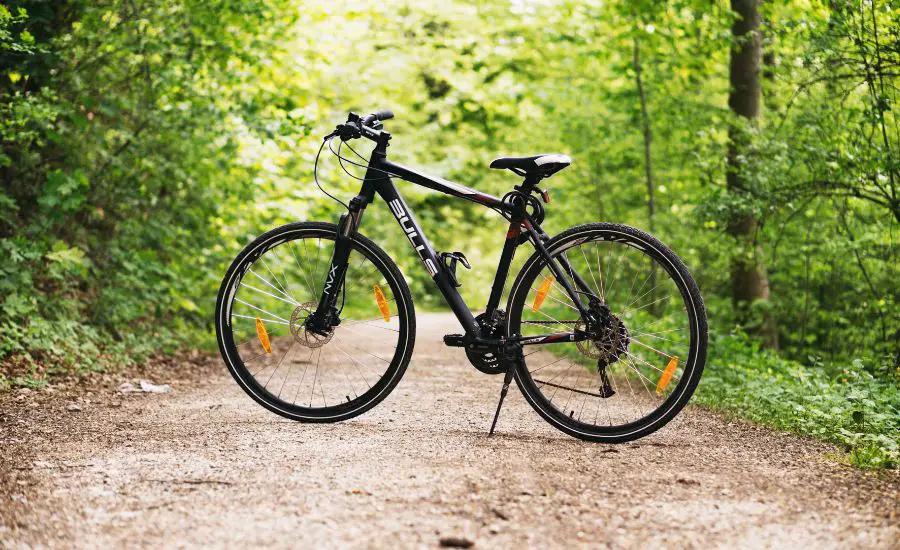
Table of Contents
Electric bike
When a bicycle has an electric motor, battery, and often a display screen, it is referred to as an “e-bike” or “electric bike”. The term “electrical drive system” refers to all of these things taken together.
When it comes to how they operate, e-bikes and traditional bikes are fairly comparable in that the rider must pedal and brake as necessary.
The majority of electric bicycles still necessitate the user to pedal, although with the help of the motor. Though some e-bikes include a throttle comparable to an electric moped or scooter, this feature is not always available.
The greatest distinction between electric bikes and conventional bikes is that the former is simpler to operate and accelerate. The engine aids in moving the bicycle forward and offers extra support on difficult terrain, particularly those dreadful slopes.
They have grown in popularity recently due to their additional comfort.
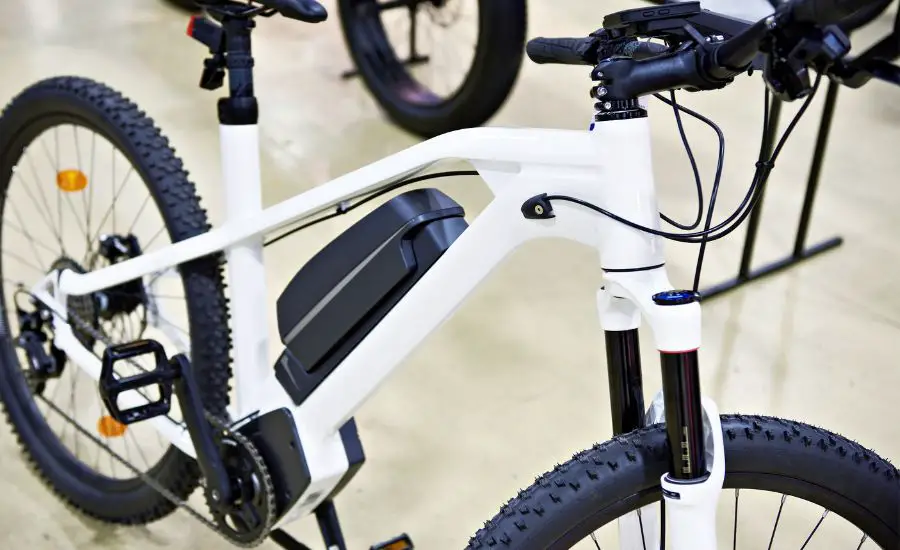
How electric bikes work
If you’re accustomed to pedaling a regular bike, you might be curious as to how an electric bike work. Bicycles with electric motors powered by batteries are referred to as “electric bikes”.
Certain e-bikes, unlike traditional bicycles, include a throttle that enables the user to regulate the degree of power delivered by the motor. Others feature pedal assistance, which implies that as you begin pedaling, the motor begins to help.
Most e-bikes also feature pedals, allowing riders to propel the bike forward using their strength in addition to the engine. Although they have been available for quite some time, they have just recently become more common in the US.
They appeal to a variety of cyclists, from those who need a little assistance navigating mountainous terrain to individuals who wish to ditch their automobile in favor of a more environmentally friendly mode of transport.
Mechanics
An electric bike’s additional battery pack, motor, and in certain models, display screen are the only distinguishing features between it and a typical bike.
The electric bike motor is powered by the battery and, based on the class, can either aid the rider in pedaling or powering the bike entirely. On the handlebars, next to the grip, and easily accessible with the thumb, is the motor cutoff switch.
Pedal assist, throttle on demand, and speed pedelec are the three main categories of electric bikes. Throttle on-demand lets you adjust the degree of power using a thumb throttle, while speed pedelec restricts the bike’s maximum acceleration to 20 mph or lower. Pedal-assist delivers power while you pedal.
Additionally, they have several degrees of assistance that may be changed via the display panel.
Maintenance
An e-bike requires almost similar maintenance as a normal bike, including yearly inspections and servicing. If anything goes wrong with the electrical components, that would be the sole occasion when you needed to see a specialist.
You can have your electric bicycle repaired or replaced in a bike store or by contacting the retailer where you bought it.
The majority of maintenance and annual repairs can be easily handled by a skilled individual, similar to normal bikes.
However, there aren’t many problems with an electric bike’s system, and if you purchase a brand-new model, it comes with a guarantee that is supposed to cover repairs for the initial couple of years.
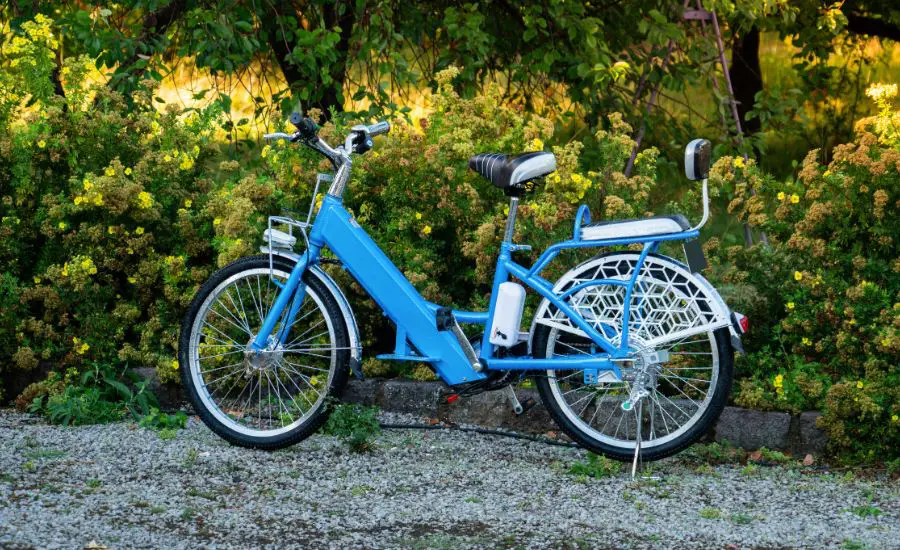
Emissions
The effect your e-bike is going to have on the environment should be one of your top priorities when selecting a bike.
Normal bikes tend to be more environmentally friendly than electric bikes in general. An e-bike runs on batteries; therefore, emissions are created during both the battery’s production and the production of the current required for charging it (this may certainly be decreased by utilizing renewable energy).
In contrast, regular bikes produce no emissions when they are in use. Regular bikes can also have their parts reused or put to different uses, making them more probable to be recycled than e-bikes. Therefore, you should pick a conventional bike over an electric bike if you’re seeking a bike with the least negative effects on the environment.
Price
People are using them more frequently as they search for alternate modes of transportation. They are propelled by electric motors, meaning that they can facilitate easier pedaling and let e-bike riders go at faster rates of speed. Nevertheless, they can potentially cost more than regular bikes.
Effortless use
The ease with which pedaling is accomplished on e-bikes is one of its main benefits. Their electrical drive mechanism can give you a lift when you need it, whether you’re moving quickly up a hill or moving slowly on flat land.
If you’re sick of battling an assistance condition that causes pedaling to be challenging, this may be a tremendous relief.
Additionally, the majority of them come with characteristics that make riding them more convenient than on an ordinary bike. In several models, for example, there are lights and a bell already built in, which can increase your visibility when cycling at nighttime or in dimly lit conditions.
Additionally, they frequently have an integrated display panel that reveals your speed, the amount of ground you’ve covered, and other data. If you’re trying to keep tabs on your progress or simply are interested in what distance you’ve covered, it may prove useful.
Laws & regulations
The laws and guidelines controlling their application are one significant distinction. E-bikes can be used on the same bike lanes and trails as traditional bicycles in the majority of jurisdictions.
There are some limitations, too. For instance, in California, electric bicycles are prohibited on the trails or off-road regions of state parks.
Furthermore, unlike normal bike riders, e-bike users must be at least 16 years to ride alone.

Electric bikes vs. regular bikes: which is preferable?
You should purchase an electric bike if you have the cash to invest and require a more dependable, environmentally friendly mode of transportation. They are simple to use, and most importantly, incredibly efficient.
Only purchase an electric bike if you plan to use it. This is not something that you take out of the shed occasionally and ride about on. This is a serious (and occasionally expensive) mode of personal transportation that is extremely useful. They compete fiercely with conventional cars because they are so efficient.
Furthermore, think about the genuine purpose for which you’re going to be utilizing the electric bike. Electric bikes come in a wide variety of designs and styles, much like conventional bikes.
For instance, if you commute, you might discover that an electric bike is preferable to a regular bike since you exert less effort and sweat less. An electric mountain bike (eMTB) can provide mountain bikers with that extra edge on challenging terrain.
Purchase a regular bike if all you want to do is ride around your community leisurely. However, if you require more, whether, for business or personal use, you should ride an electric bike.
Electric bikes vs. regular bikes: similarities
Electric bikes are similar in size, shape, and design to traditional bikes and retain the majority of their functions. They likewise have tires, pedals, and handlebars, however, they additionally feature an inbuilt electric motor. Most electric bikes, particularly “entry-level models” are enhanced versions of normal bikes.
Benefits of electric bikes
Electric bikes provide several benefits over regular bikes.
Pedal assist
Pedal assistance, in my opinion, is a particularly crucial aspect of electric bikes, based on my experience riding both regular bikes and electric bikes. With pedal assistance, an electric bike is easy to ride because the motor kicks in and handles the majority of the work.
A few pedal strokes are sufficient to move the electric bike over a long distance, contingent upon the level that is selected while riding.
Throttle
Your electric bike becomes a genuine powered mode of transportation when you use the throttle. Modern e-bikes even let you accelerate more quickly by combining the electric power of the throttle thanks to the pedals.
Extra gadgets
The extra accessories and technology they provide are two things people enjoy. The display panel on even the most basic electric bikes typically indicates the range, acceleration, charge level, and other data. Most normal bicycles are outclassed by mid-range and sophisticated e-bikes since they offer more technological features.
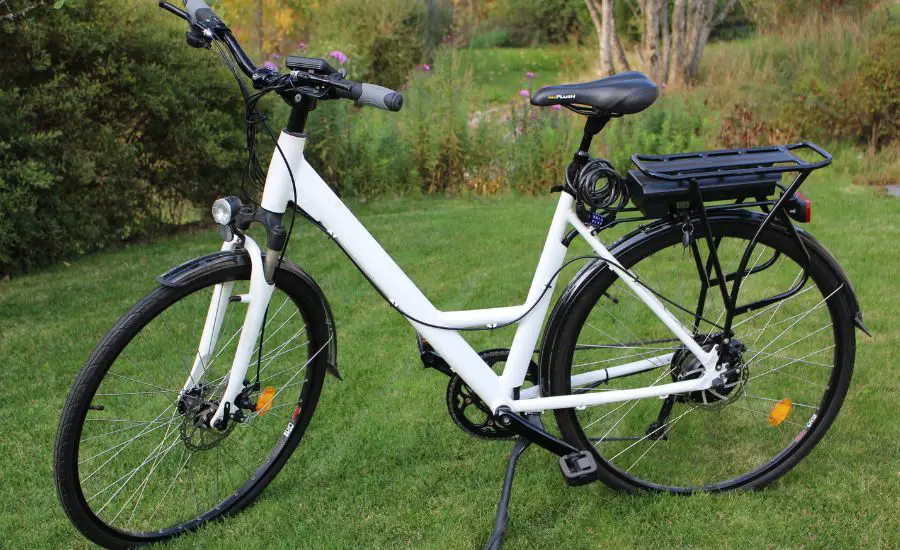
Regular bicycle benefits
Here are some of the key benefits of regular bikes.
Simplicity
The majority of normal bikes have a straightforward design and operation. You can ride a regular bike if you understand how to balance and pedal.
Moreover, you won’t need to bother about charging a regular bike or changing the battery.
Nevertheless, some technologically advanced bikes can be trickier to ride than electric ones.
Price
As already indicated, they are typically cheaper than their electric counterparts. A normal bike costs a lot less than an electric bicycle.
Low maintenance
Even while they often require less maintenance than regular bikes, e-bikes nevertheless contain a few more moving parts. This implies that regular bikes require less maintenance overall.
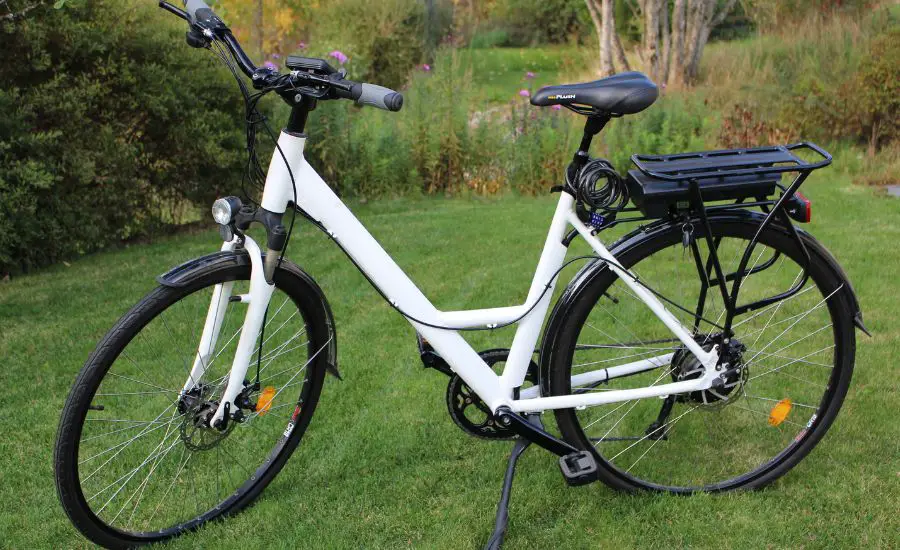
FAQ
Both ordinary bikes and electric bikes can take you from point A to point B. You can ride your bike anywhere you want to go, including to the office, the fitness center, and other destinations. However, traveling from point A to point B on an e-bike will take much less time than on a normal bike.
They may be more costly and heavy compared to ordinary bikes, but as with other battery- and electrical-powered technology, smaller, less expensive, and slimmer designs have been created over time. Batteries and motors are typically located both low and near the center of bikes. For convenience and secrecy, batteries are occasionally stored inside a bike’s racks.
A possible drawback is needing to remember to recharge the battery in between trips, but even if you fail to do so or run out of energy in the middle of a ride, you can still pedal the bike manually.
When compared to a normal bike, which typically has a maximum speed of roughly 10 miles per hour for inexperienced riders or 15 miles per hour for intermediate riders, e-bikes may travel up to 20 miles per hour.
The act of cycling is unchanged by an electric bike; it is simply made to seem much simpler.
Conclusion
Consider the features you require, as well as how and how frequently you’ll use it. Younger riders will probably benefit more from a normal bike if they wish to ride something cheap and uncomplicated for exercise. You can ride an electric bike if you need speed, are elderly, or prefer to have fun over fitness.
Read also: Electric bike display not working: A complete guide



1 thought on “Electric bike vs. Regular bike: overview”